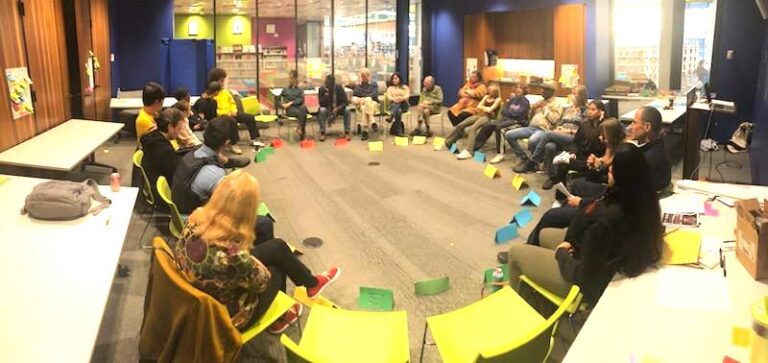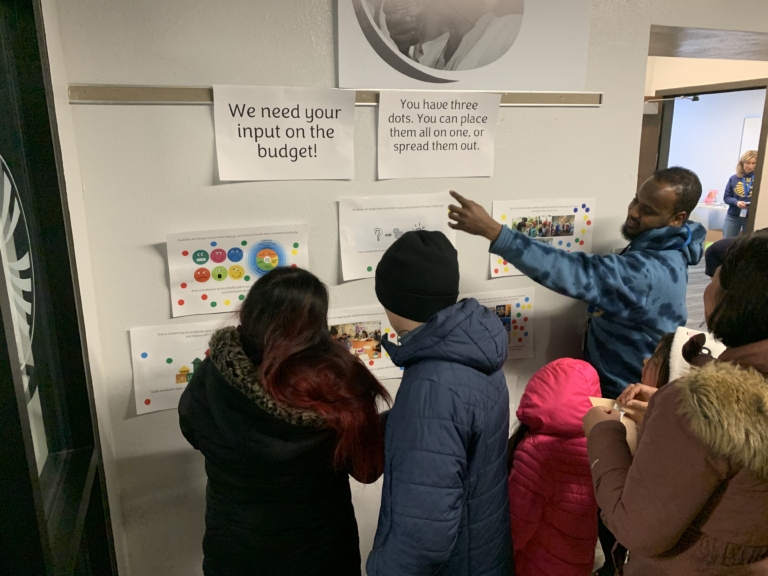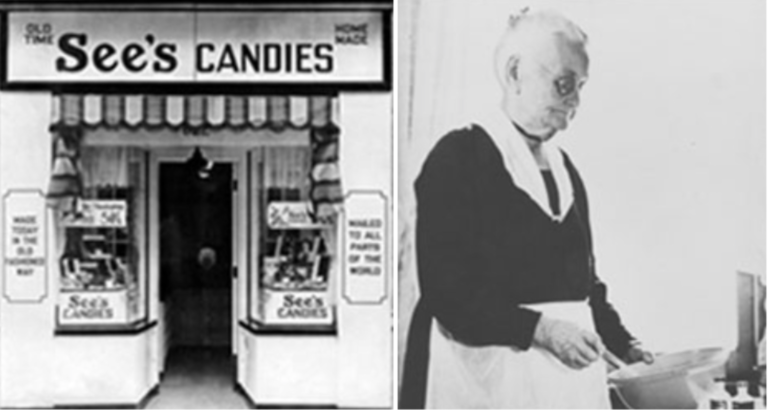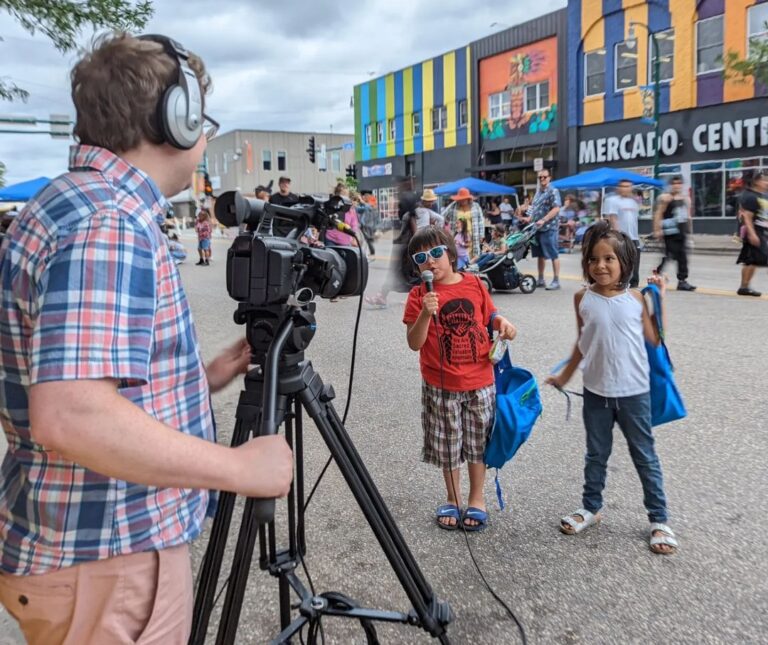No, Not Everyone Has Internet
If you don’t know, now you know – much of the educational software we provide to schools and youth services programs can be downloaded on student phones, tablets or computers at school or other sites and then used at home without having to access the Internet.
One of the reasons we provide free software to schools and pre-made educational resources is that we are aware (are we ever aware!) of the digital divide both in the U.S. and around the world. If I had $20 for every time an administrator, investor or politician had told me that everyone has Internet, why, I could probably provide Internet to a heck of a lot of people who don’t have it.
I just finished the final report of the Growing Math project, the entire catalog of which has been made available to the Strong Mind Strong Body Foundation, at no charge. (That’s another post.) One interesting point I noted was that in 2022, as some districts dropped their programs providing home Internet for all students, the number of downloads of software used offline increased significantly more than did the usage of educational software only available on the web.
I often say that I have driven down more dirt roads than many policymakers know exist, but it is not only students and teachers in the most rural communities that don’t have Internet access. One reason students don’t have access is that a data plan costs money that their families don’t have – thus the increase in downloading offline apps when Internet is no longer free.
Let me present to you ladies and gentlemen, the cause of the digital divide
Recently, I was looking over the code for some software that was supposed to run offline and saw it was accessing code libraries hosted online. In other words, if the Internet connection dropped – and I have been a lot of places lately with very unreliable Internet (another post I need to write). I was complaining about this and a young software developer who overheard me said,
“They tell us to write it like that in school. That’s what they say, “Everyone has Internet access.”
– Computer Science Graduate who Wants to Remain Anonymous
The hard truth is this, everyone has Internet who is of interest to most tech companies. As more than one tech investor has told me, people who have the newest hardware and high-speed Internet are the ones who can pay for educational software. When discussing the work of Growing Math with a potential investor who is a dear friend, he said,
“I hear all of the great things you are doing to help students’ learn math, to maintain Native American culture, and that’s great but I don’t see where that is making me any money. “
– An Honest Investor Friend
So, what are you going to do about it?
Of course, if you are familiar with the Strong Mind Strong Body Foundation, you know that providing educational resources to underserved communities is one of the things we do. Years ago, I worked for a very wealthy, private university. From our offices, we could look down on a middle school that served some of the poorest children in the city. Often, while we were drinking our coffee, getting ready for a meeting to start, my colleagues would grumble about the state of education in the country. A few times, I got tired of it and asked why we didn’t work with the school next door. We could see them from the conference room, for heaven’s sake! I heard a few mumbling answers like that we donate a dollar a week to the university’s community fund, etc.
Finally, I decided to come down out of my office and do something. Adding the Growing Math project catalog is a huge part of that. More initiatives are coming up. Stay tuned.
If you are a school that would like access to software please feel free to contact us for Educational Software or download software for youth counseling programs here.






